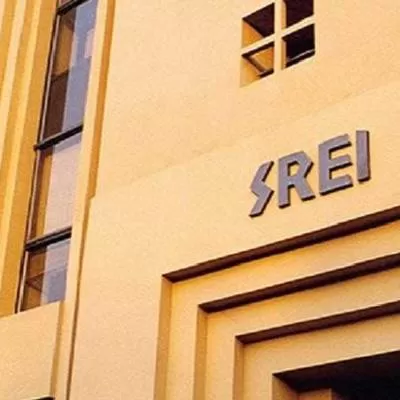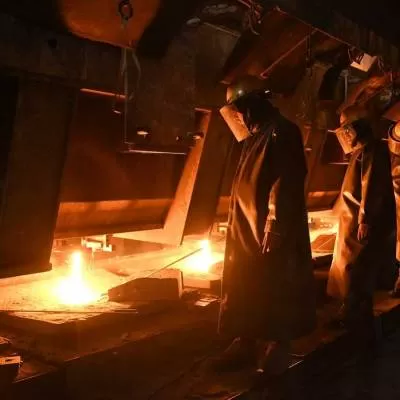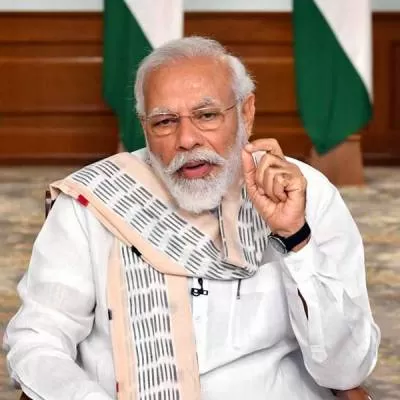- Home
- Infrastructure Urban
- ECONOMY & POLICY
- Mr. Anil V. Pillai, Director, Terragni Consulting
Mr. Anil V. Pillai, Director, Terragni Consulting
- The proposed GST road map for 2016 is heartening. The GST unified market regime, will go a long way in eliminating artificial barriers to markets within the country and with this also bring down artificially imposed costs to consumers of goods and services.
- There is an increase in Service Tax (2%) which is in preparation to GST and this will impact Service providers in the short term till the GST roll out happens.This 2% increase will hurt, but hopefully by 2016 will ease the pain.
- There is a proposed reduction of Customs duties on 22 raw material inputs will have a direct impact on cost structures for a variety of industries from leather to engineering.
- The Mudra bank is an excellent idea to fund MSMEs and SMEs that otherwise do not have access to funding. This will help address liquidity and cash flow to such companies, thus bringing input business costs down.
- The MSME -Trade receivables mechanism is bound to improve liquidity and lessen the working capital squeeze on MSMEs
- Though there are no direct incentives/schemes for Exports, there is significant impetus to business continuity and a stable tax regime.The moving of GAAR by two years is a right step in this direction and should provide succor to global organizations wishing to invest in India both for domestic as well global markets.The budget has significantly contributed to the objective of "Ease of doing business" in India and this enhances the attractiveness of destination India as possible global manufacturing hubs.
- While direct allocation to Science R&D is a mere 150 crores and this in itself is disappointing , there are other interesting proposals that seek to foster overall R&D and innovation.
- The AIM, Atal Innovation Mission and SETU are good starts in fostering innovation and R&D and when this coupled with the creation of a network of Innovation hubs strategized in conjunction with NITI seeks to spur innovation in the country.
- In addition two welcome steps are the 10 billion Rupee to incubate startups and the reduction to 10% on royalty payments from overseas will help startups to access global IP for product development and innovation.
Overall the budget gets a 7.5 rating. It signifies a commitment to continuity, ease of business and emphasis on encouraging social spending at the individual and at the Government level. The proposed GST road map for 2016 is heartening. The GST unified market regime, will go a long way in eliminating artificial barriers to markets within the country and with this also bring down artificially imposed costs to consumers of goods and services. There is an increase in Service Tax (2%) which is in preparation to GST and this will impact Service providers in the short term till the GST roll out happens.This 2% increase will hurt, but hopefully by 2016 will ease the pain. There is a proposed reduction of Customs duties on 22 raw material inputs will have a direct impact on cost structures for a variety of industries from leather to engineering. The Mudra bank is an excellent idea to fund MSMEs and SMEs that otherwise do not have access to funding. This will help address liquidity and cash flow to such companies, thus bringing input business costs down. The MSME -Trade receivables mechanism is bound to improve liquidity and lessen the working capital squeeze on MSMEs Though there are no direct incentives/schemes for Exports, there is significant impetus to business continuity and a stable tax regime.The moving of GAAR by two years is a right step in this direction and should provide succor to global organizations wishing to invest in India both for domestic as well global markets.The budget has significantly contributed to the objective of "Ease of doing business" in India and this enhances the attractiveness of destination India as possible global manufacturing hubs. While direct allocation to Science R&D is a mere 150 crores and this in itself is disappointing , there are other interesting proposals that seek to foster overall R&D and innovation. The AIM, Atal Innovation Mission and SETU are good starts in fostering innovation and R&D and when this coupled with the creation of a network of Innovation hubs strategized in conjunction with NITI seeks to spur innovation in the country. In addition two welcome steps are the 10 billion Rupee to incubate startups and the reduction to 10% on royalty payments from overseas will help startups to access global IP for product development and innovation.
























